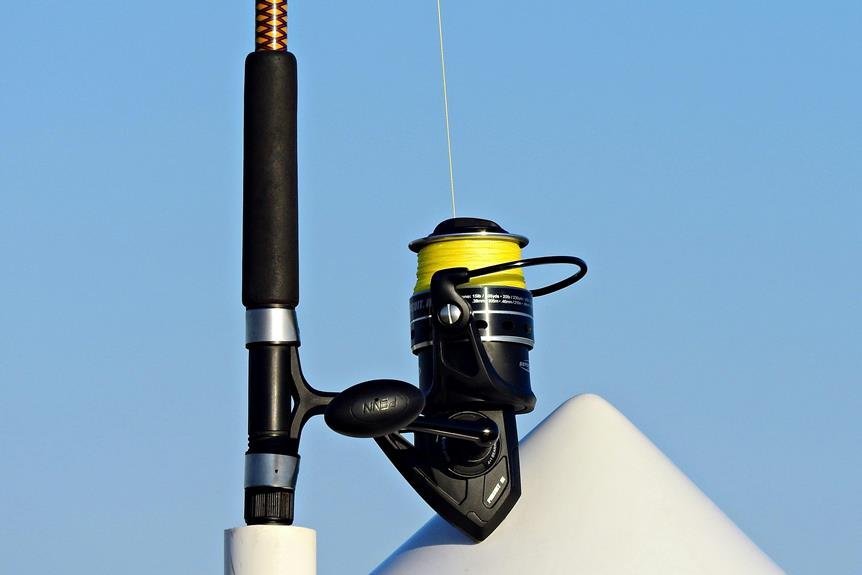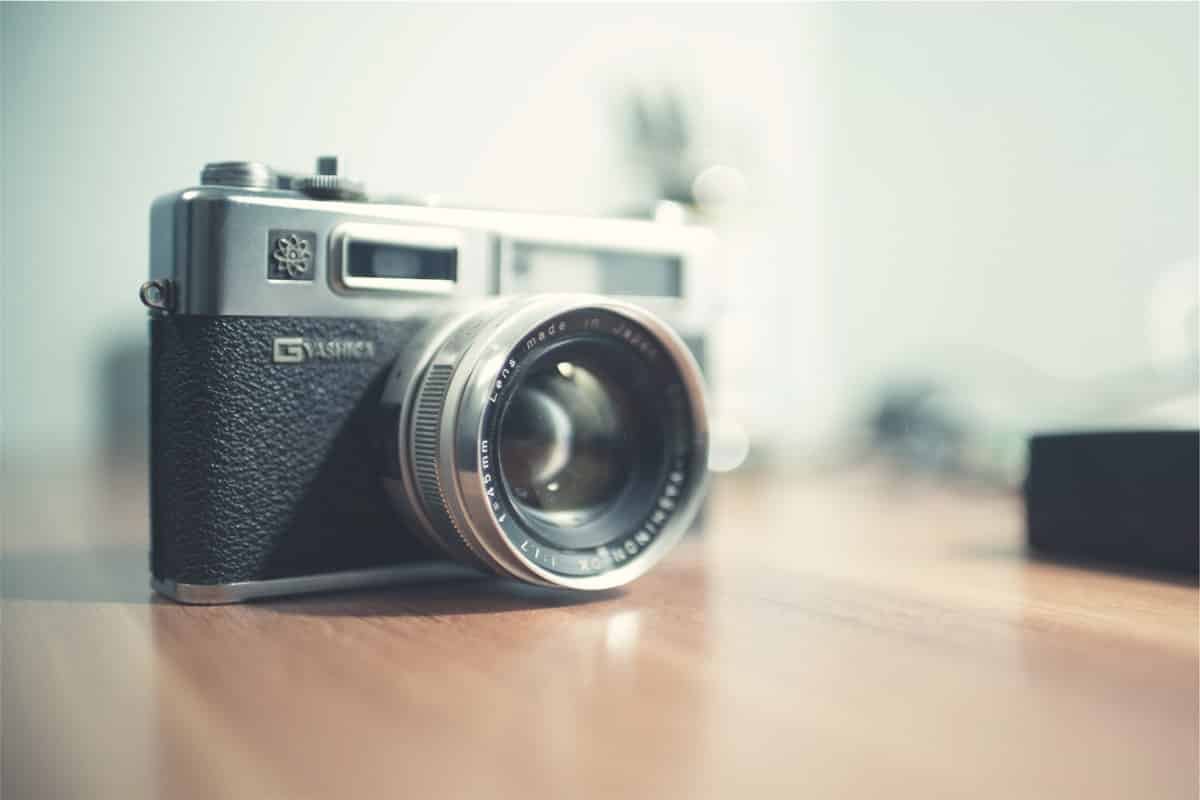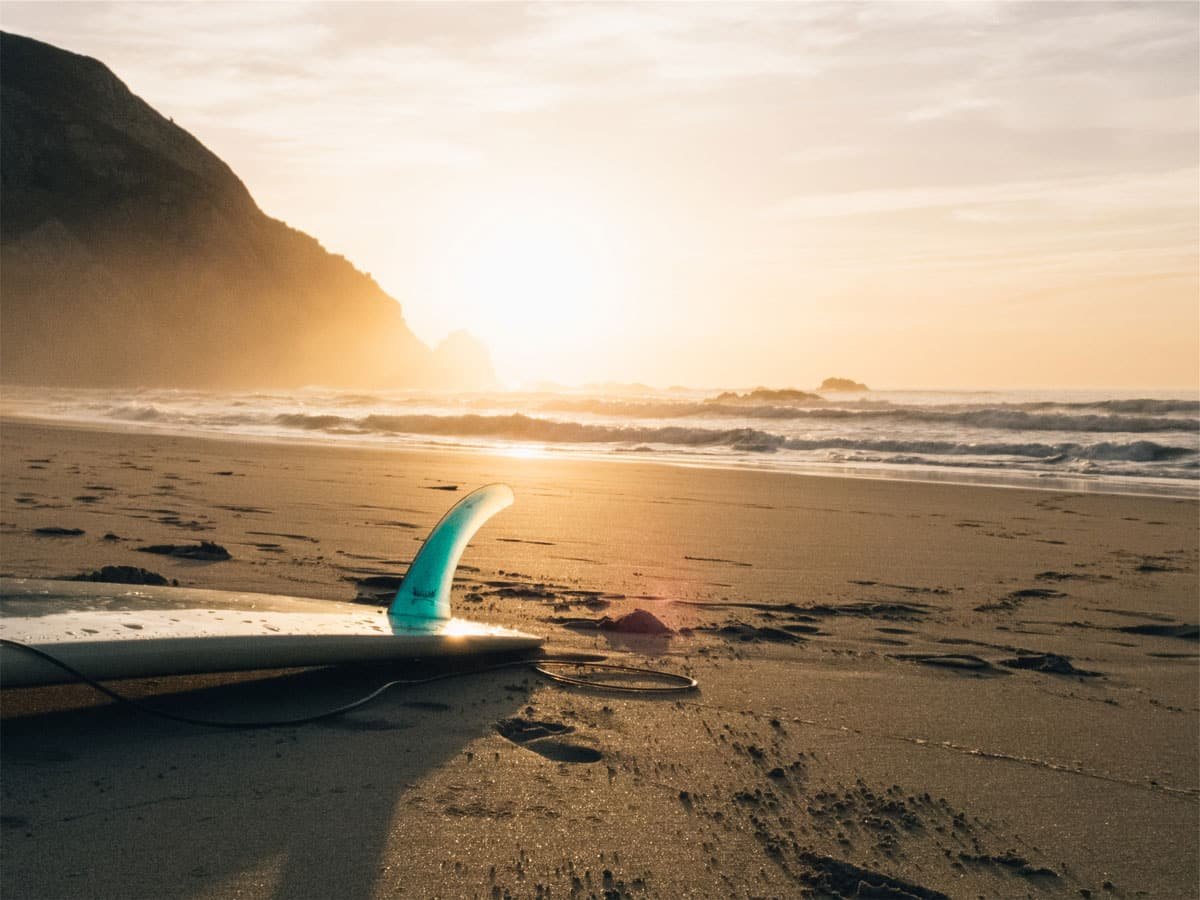When building a starter fly box, focus on versatile patterns that imitate a range of food sources and can be used in various fishing situations. Begin with essential dry flies that float well and mimic adult insects, such as those that imitate mayflies or caddisflies. Include nymph patterns like Hare's Ear and Pheasant Tail, which imitate aquatic insects. Don't forget streamer flies that target larger, more aggressive fish. Understanding fly sizes, hooks, and materials will help you make informed choices. With these basics, you'll be well on your way to assembling a well-rounded starter fly box that will help you catch more fish – and that's just the beginning.
Key Takeaways
- Dry flies float on the water's surface, imitating adult insects, and are an effective way to catch trout and other species.
- Essential nymph patterns, such as Hare's Ear and Pheasant Tail, mimic common aquatic insects and increase chances of landing a trout.
- Streamer flies target larger, aggressive fish in various aquatic environments, and their anatomy and movement are critical to their effectiveness.
- When selecting flies, consider water conditions, time of day, and insect activity to choose the right fly for the job.
- A well-stocked starter fly box should include a selection of essential patterns that imitate a wide range of food sources and are versatile enough to be used in various situations.
Dry Flies for Beginners
For beginners, dry flies are an excellent starting point, as they float on the water's surface and imitate adult insects, making them an effective and accessible way to catch trout and other species. When it comes to dry flies, materials play a vital role in their effectiveness. Dry Fly Materials such as hackle, deer hair, and synthetic materials help create a natural appearance and buoyancy. When selecting dry flies, consider the water conditions, time of day, and insect activity. Fly Fishing Tips for beginners include using a gentle presentation, allowing the fly to drift naturally, and being mindful of the water's surface tension. By following these tips and choosing the right dry fly, beginners can increase their chances of landing their first catch.
Essential Nymph Patterns
When it comes to nymph fishing, a well-stocked fly box should include a selection of essential patterns that imitate the most common aquatic insects, increasing the chances of hooking a trout. A thoughtful nymph selection is vital, as it allows anglers to adapt to changing water conditions and insect hatches. The evolution of fly design has led to the development of highly effective nymph patterns that mimic the natural food sources of trout.
| Nymph Pattern | Imitates | Effective In |
|---|---|---|
| Hare's Ear | Mayfly nymphs | Rivers and streams |
| Pheasant Tail | Caddis and mayfly nymphs | Rivers, streams, and lakes |
| Copper John | Stonefly and mayfly nymphs | Fast-moving rivers and streams |
| Gold-Ribbed Hare's Ear | Mayfly and caddis nymphs | Slow-moving rivers and lakes |
These essential nymph patterns will provide a solid foundation for any fly box, and are sure to increase your chances of landing a trout.
Streamer Fly Basics
While nymphs and dry flies often take center stage in fly fishing, streamer flies offer a unique opportunity to target larger, more aggressive fish in a variety of aquatic environments. Streamer anatomy is key to understanding their effectiveness. A typical streamer consists of a weighted head, a body, and a tail, which work together to create a lifelike movement in the water. The weighted head provides a natural sink rate, while the body and tail create a tantalizing action that stimulates a predator's instinct to chase. The Fly Movement of a streamer is critical, as it should mimic the natural movement of a baitfish or other prey. A well-tied streamer can be stripped, swung, or dead-drifted to imitate a fleeing baitfish, making it an irresistible target for hungry predators.
Fly Sizes and Hooks Explained
In the world of fly fishing, understanding the nuances of fly sizes and hooks is essential for selecting the right tool for the job, as it directly impacts the presentation, behavior, and ultimately, the catch. When it comes to fly sizes, a larger number indicates a smaller fly, while hook sizes can vary in length and wire thickness.
- Choosing the right hook size and type depends on the type of fly being tied and the target species.
- Fly materials, such as feathers, hair, and synthetics, also play a vital role in determining the fly's overall appearance and behavior.
- Selecting the right hook and fly size combination is critical for achieving a natural presentation.
- By understanding the intricacies of fly sizes and hooks, anglers can make informed decisions and increase their chances of landing their desired catch.
Choosing the Right Dry Fly
Among the hundreds of dry fly patterns available, selecting the right one can be a challenging task for beginners, but understanding the key characteristics of effective dry flies can simplify the process. When choosing a dry fly, consider the type of water you're fishing, the time of day, and the insects present. Effective dry flies should have a natural appearance, float well, and be durable.
| Dry Fly Characteristic | Description |
|---|---|
| Body Material | Natural or synthetic materials that mimic insect bodies |
| Wing Style | Hackle, parachute, or comparadun to imitate wings |
| Size | Matching the size of natural insects present |
| Color | Matching the color of natural insects present |
| Buoyancy | Ability to float well on the water's surface |
Nymphing for Beginners
As anglers become more confident in their dry fly skills, they often turn their attention to nymphing, a technique that can be equally effective in catching trout and other species. Nymphing techniques require a deeper understanding of water reading, fishing strategies, and tackle choice. To get started, you must select the right nymphs for the job.
- Choose nymphs that imitate the natural insects in the water, such as the Pheasant Tail Nymph or Hare's Ear.
- Learn to read the water to determine the best spots to fish your nymphs.
- Experiment with different fishing strategies, such as dead drifting or lifting the nymph.
- Don't be afraid to experiment with different tackle choices, such as weighted or unweighted nymphs, to see what works best for you.
Streamer Fly Techniques
Streamer fly techniques require a thorough understanding of the water's structure, the behavior of the target species, and the presentation of the fly itself. To master streamer fly techniques, anglers must develop effective Streamer Strategies. This includes understanding fish behavior, identifying likely holding spots, and presenting the fly in a way that imitates the natural movement of baitfish. Fish Tactics, such as varying retrieval speeds and using pauses to mimic injured bait, can also increase the chances of landing a fish. By combining knowledge of water structure, fish behavior, and presentation techniques, anglers can effectively use streamer flies to catch a variety of species.
Building a Starter Fly Box
When selecting flies for a starter box, it's important to prioritize patterns that imitate a wide range of food sources and are versatile enough to be used in various fishing conditions. This approach will help you build a well-rounded collection that can be used in different scenarios.
To start, consider the following essential flies for your starter box:
- Dry flies: Adams, Elk Hair Caddis, and Stimulator
- Nymphs: Pheasant Tail, Hare's Ear, and Copper John
- Streamers: Woolly Bugger and San Juan Worm
- Organization: Invest in a compact fly box with separate compartments to keep your flies organized and protected, ensuring they remain in pristine condition.
Frequently Asked Questions
How Do I Store and Organize My Fly Collection at Home?
To store and organize your fly collection at home, utilize fly boxes with individual compartments or fly binders with protective sleeves to keep your flies tidy, visible, and easily accessible, ensuring a clutter-free and efficient fly fishing experience.
Can I Use Dry Flies in Saltwater Fishing or Are They Only for Freshwater?
While dry flies excel in freshwater, their limitations in saltwater techniques are evident; they're not designed to withstand harsh marine conditions, and their buoyancy is compromised by saltwater's higher density, making them less effective in saltwater fishing.
What Is the Best Type of Fly Line for a Beginner to Use?
"For beginners, a versatile fly line with a moderate weight (WF-F or WF-5) and a line stretch test of around 18-20 pounds is ideal, providing a smooth, accurate cast and sufficient strength for catching a variety of fish species."
How Often Should I Replace My Leaders and Tippet Rings?
'Timing is everything in fly fishing; replace leaders and tippet rings every 6-12 months or sooner if you notice signs of wear, ensuring peak leader durability and tippet maintenance for a seamless fishing experience.'
Can I Use Streamers to Catch Panfish and Smaller Trout?
Streamers work wonders for catching panfish and smaller trout, as their large, swimming motions mimic prey, enticing these species to strike; Panfish love the tantalizing action of streamers, making them a top choice for targeting these species.
Conclusion
Revealing the nuances of fly fishing's three primary categories – dry flies, nymphs, and streamers – holds the key to deciphering the mysteries of this ancient art. Coincidentally, understanding these fundamental categories coincides with the foundation of a successful angling experience. By grasping the basics of each category, selecting the appropriate fly for a given scenario becomes second nature, and the odds of landing that prized catch substantially increase.









